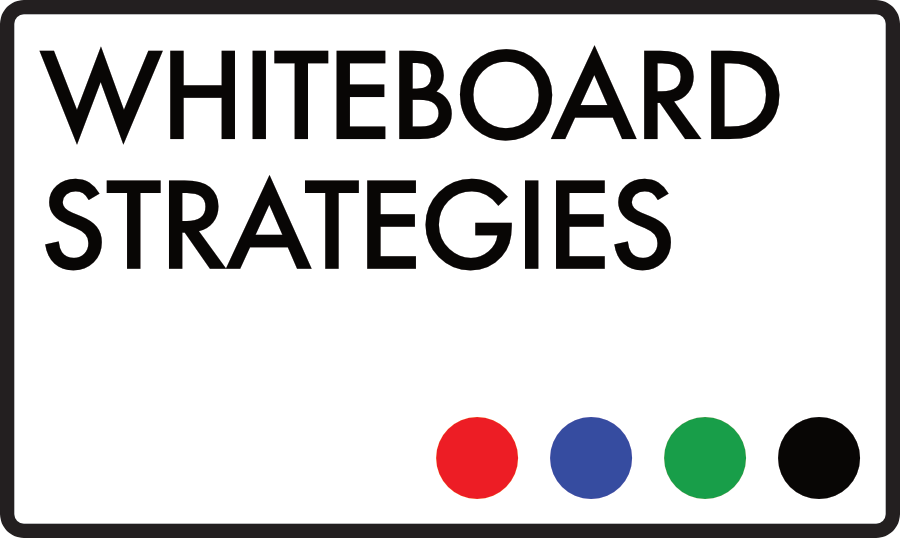You’re a pretty good sales leader, right? You might be a manager heading up a decent sized team, or a director overseeing a sprawling, globally-dispersed sales force. The point is, you’re good at your job, and you’re doing good things.
But something is up. The numbers your team (or teams) are hitting are flatlining. No amount of enablement programmes, away days or getting all Glengarry Glen Ross seems to help. Some folks are scraping in month on month. Some aren’t making it at all. And the thing you forgot when you chased all those promotions for all those years was that, once you get there, the buck stops with you…
Shit results aren’t necessarily your fault. But they are certainly your problem.
So, what’s going on? More often than not it’s a shortfall in how your people are engaging prospects and clients. The bad news is that, unchecked, even minor slip-ups can torpedo your best efforts. The good news is that they can be dealt with if you know what to look for.
A well-executed sale moves the prospect smoothly through the funnel. It’s a little played out and simplistic, but it’s certainly true that sales work best where they work smoothest. People will buy if it’s easy to buy (anyone else as big a fan on Amazon’s one-click ordering as I am…?)
So ensuring that your pipeline, pitching and conversion processes are as resistance-free as possible is absolutely essential. If your numbers are looking a bit peaky then you’ve probably got a little friction somewhere along the line… and that can be a big problem. Here are the three most common ways that salespeople slip up and end up sinking the ship:
1. Selling Product: You know this is lesson one. If your people are in a room with decision makers (and they shouldn’t be in a room with anyone else), then those decision makers already know what your product is. The idea of pre-purchase research definitely gets exaggerated, but Joe Bloggs from the sales team won’t be standing nervously in front of a CIO, CTO or head of procurement without them knowing why.
Selling product is boring, patronising, and a fall back for salespeople who don’t know what they’re doing. Make sure your people know that they’re out in the field to communicate solutions, value and relationships. Every time.
2. Rushing for Results: We’re not just talking about the half hour your people get in a room with their dream client’s CIO and money guy. We’re talking about everything leading up to that—giving your salespeople the confidence to take their time, follow their processes properly, set out their value proposition, link delivery to pricing structures and establish lasting relationships with customers. Panic is a big turn off for prospects. Desperation loses deals.
3. Failing to Deliver: Again, think broader than simple failure to deliver your product or service. If your people are pitching right, they’re selling the customer on value added, continued support and a genuine, valuable relationship. Those things matter, in many cases more than the product or service – so make sure promises are being kept and value is being delivered from first contact. Failure to deliver at any stage of the selling and aftercare cycle will lose your organisation respect, customers and money.
Communication is the key—you need a way of explaining your expectations clearly, concisely and consistently, and the bigger the sales team under you the greater the need. Whiteboard Strategies specialises in designing and training those ways of communicating, leading to real, measurable results. Interested? You should be. Follow Whiteboard Strategies or connect with Mark on LinkedIn, or sign up to The Edwards Update now for monthly insight, delivered straight to your inbox.

Recent Comments